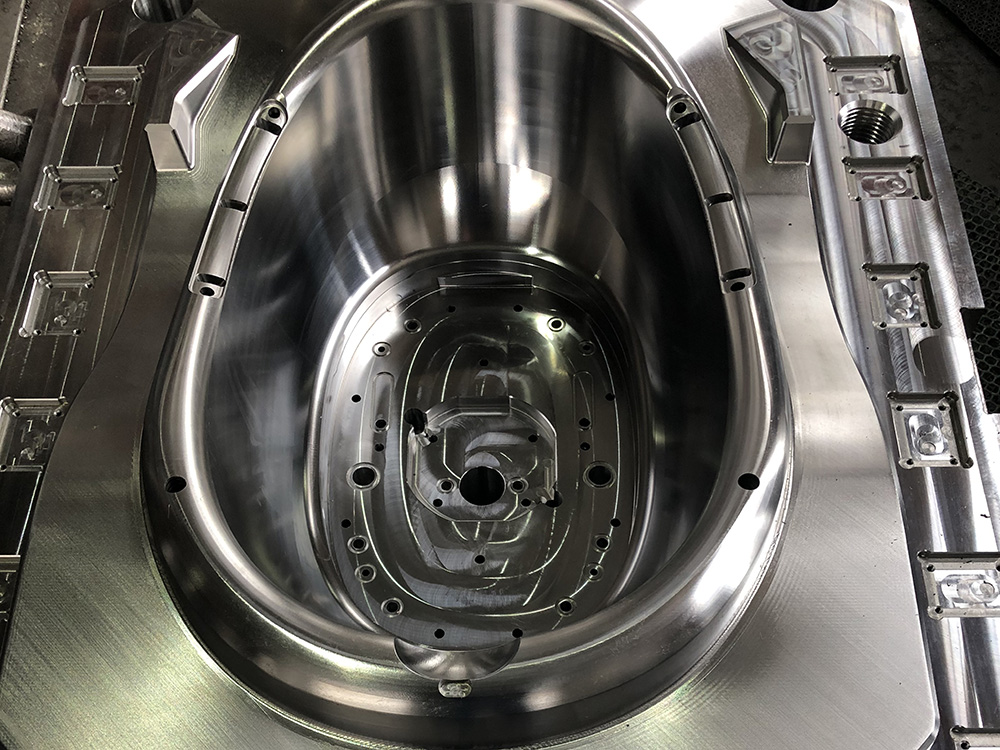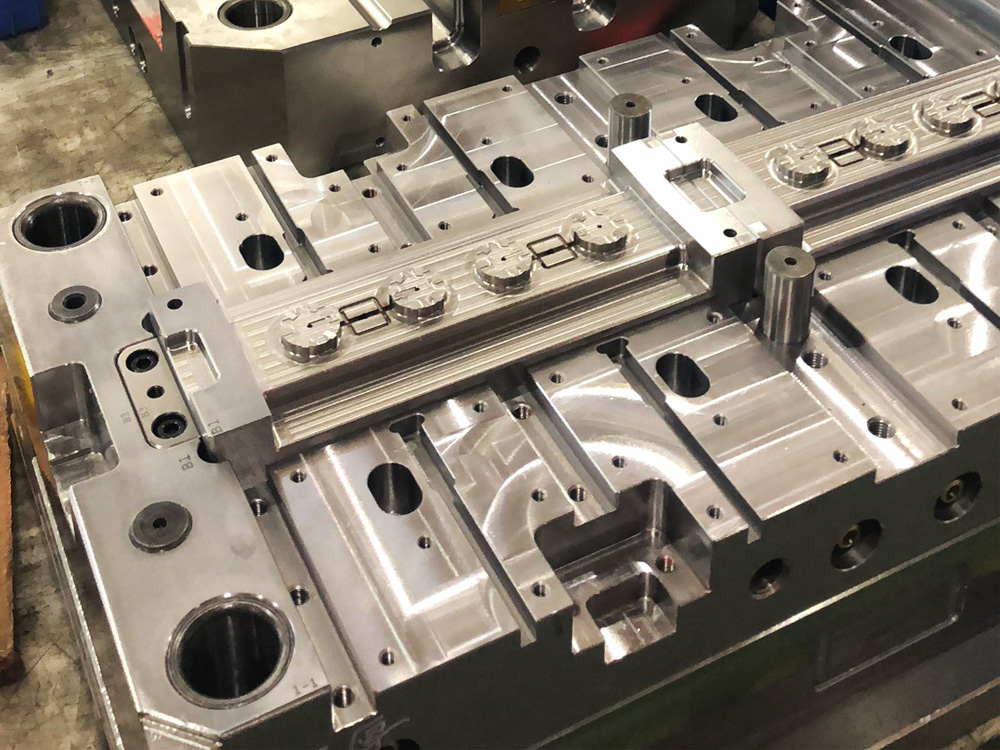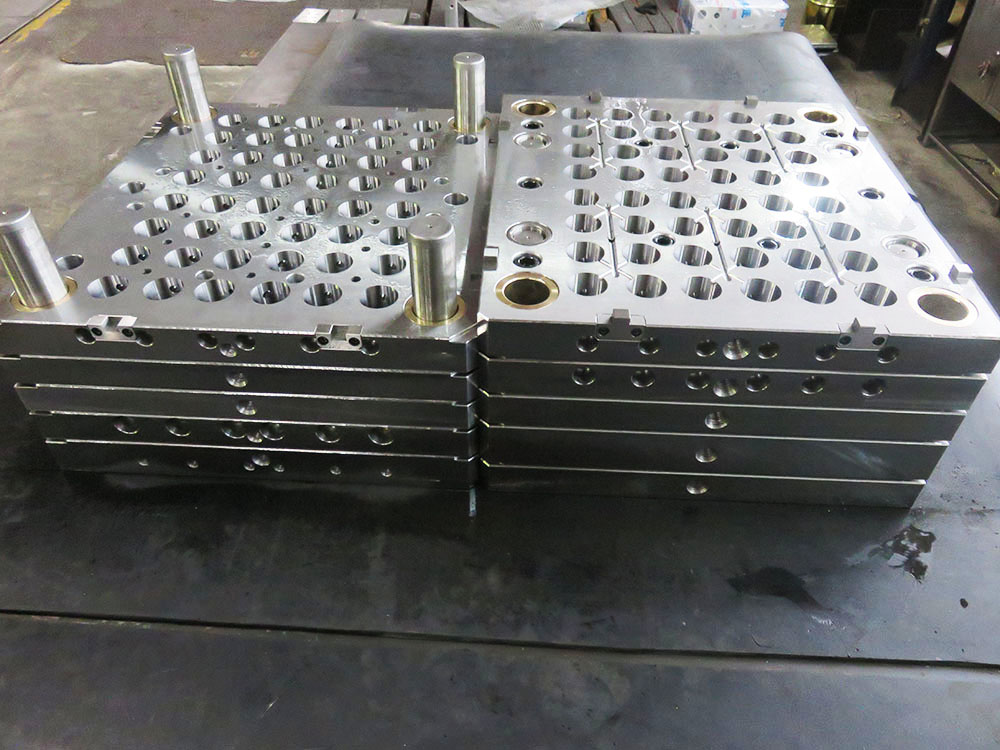Introduction
1. Purpose of a Mold and Die Inspection Report
A Mold and Die Inspection Report is a crucial document in the mold base industry. It serves the purpose of evaluating and documenting the quality and functionality of molds and dies used in manufacturing processes.
2. Scope of Inspection
The inspection report covers various aspects of the mold and die, including but not limited to:
- Dimensional accuracy
- Surface finish
- Material selection and quality
- Cavity and core quality
- Wear and tear
- Proper functioning of moving parts (e.g., ejector pins, slides, etc.)
- Cooling system evaluation
- Overall condition and cleanliness
3. Inspection Procedure
The mold and die inspection follows a systematic procedure to ensure a comprehensive evaluation. The steps involved in the inspection process are as follows:
Step 1: Visual Examination
During this step, the inspector examines the mold and die for any visible defects or irregularities. This includes checking for scratches, dents, rust, or any signs of wear and tear.
Step 2: Measurement and Analysis
Precision measuring tools are used to measure the critical dimensions of the mold and die components. This helps in assessing the dimensional accuracy and identifying any deviations from the required specifications.
Step 3: Functionality Evaluation
This step involves checking the proper functioning of the mold and die. It includes testing the movement of slides, ejector pins, and other movable parts, as well as evaluating the performance of the cooling system.
Step 4: Surface Inspection
The surface finish of the mold and die is assessed using visual inspection and tactile methods. Any inconsistencies or imperfections are documented in the inspection report.
Step 5: Material Analysis
Sampling of the mold and die material is performed, and the samples are sent to a laboratory for analysis. This helps in verifying the material quality and ensuring it meets the required standards.
4. Reporting and Documentation
The Mold and Die Inspection Report should be created in a clear and concise manner, providing detailed information about the inspection findings. The report should typically include the following sections:
- Title and purpose of the report
- Objectives and scope of the inspection
- Detailed description of the mold and die components
- Results of the inspection, including dimensional measurements, surface finish analysis, and functionality evaluation
- Analysis of any defects or deviations from specifications
5. Conclusion
Writing a comprehensive Mold and Die Inspection Report is essential for ensuring the quality and reliability of molds and dies used in the mold base industry. By following a structured inspection procedure and documenting the findings accurately, manufacturers can address any issues promptly and ensure the proper functioning of their molds and dies.




